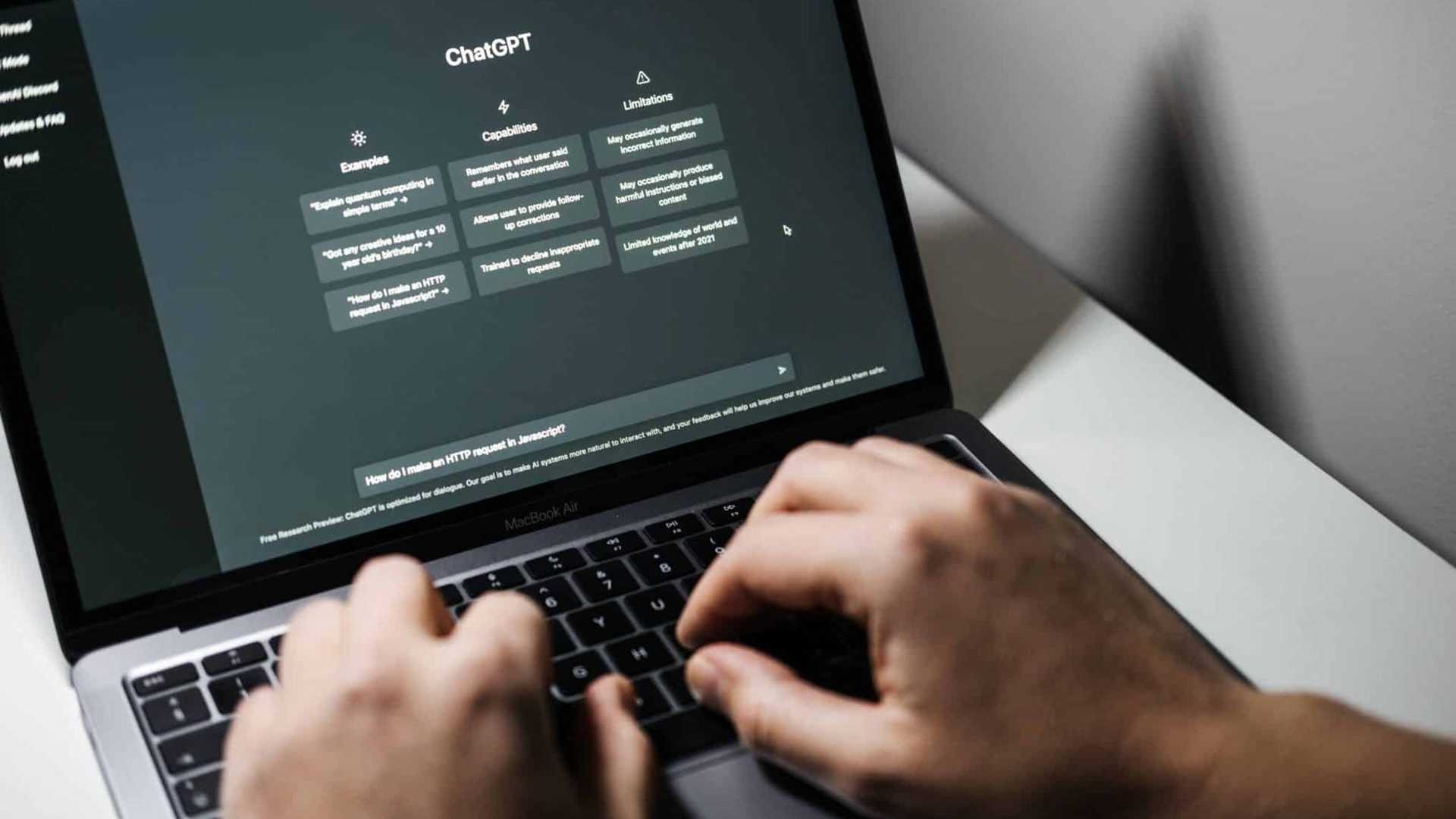ChatGPT: You're not ready for the new wave of cyberattacks …
A few months after its launch, the AI chatbot ChatGPT has become a phenomenon, thanks to its ability to respond to queries, assist with tasks, and generate content within seconds. However, this quick response time and ease of use have also made it a powerful tool for cybercriminals to create malicious content and take cybercrime to a new level. Unfortunately, researchers have found cases of cybercriminals overriding ChatGPT’s anti-abuse restrictions to generate or review malicious code.
One of the biggest threats posed by generative AI, of which ChatGPT is a part, is the ability to rapidly spread disinformation on a large scale. This has made it easier and cheaper for propagandists and conspiracy theorists to generate disinformation, and the technology is constantly evolving, which makes it even more challenging to distinguish what is real and what is not. With tools like ChatGPT available for free to anyone with internet access, cyber attacks and the spread of disinformation can occur at an alarming rate.
Generative technology may soon have the ability to connect to the internet fully, allowing chatbots to access live information in real-time, which will significantly improve their accuracy. However, if these bots fall into the wrong hands, there is no telling what propaganda they can spread across media channels, including news outlets and social media platforms.
Enterprises have a responsibility to keep their business and customers safe and secure, but bot detection methods of the past are no longer enough for the new wave of bots and fraud. What’s needed are sophisticated identity verification tools that can confirm everyone creating an account is a real person behind the screen. Solutions like liveness detection, where a secure algorithm determines whether a biometric authentication sample is a fake representation or a live human being, and document-centric identity proofing can help businesses verify their users' identities.
As consumers, we also have an obligation to ensure we’re extra cautious when coming across any form of content online. It would be wise to first assume social media accounts are bots until proven otherwise, especially when it comes to questionable content. Consumers should not always believe every piece of content they see and must do further research into news that seems even slightly suspicious.
While generative AI has its advantages, it also poses significant societal risks. Cybersecurity threats will continue to evolve, and organizations must keep up with the latest technology to counteract these threats. By deploying modern tools and staying cautious, cyberattacks powered by chatbots and the spread of disinformation can be prevented, and consumers can remain safe and secure online.




















